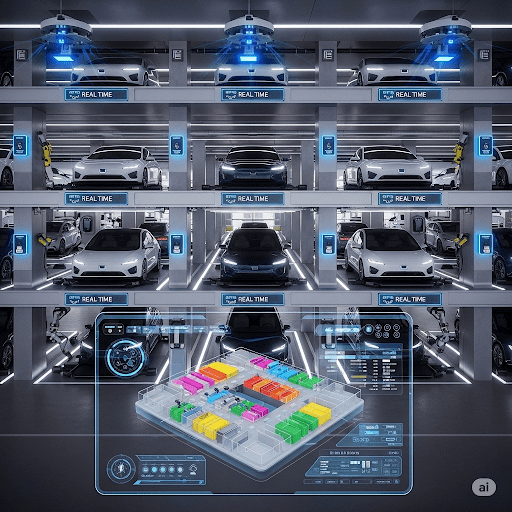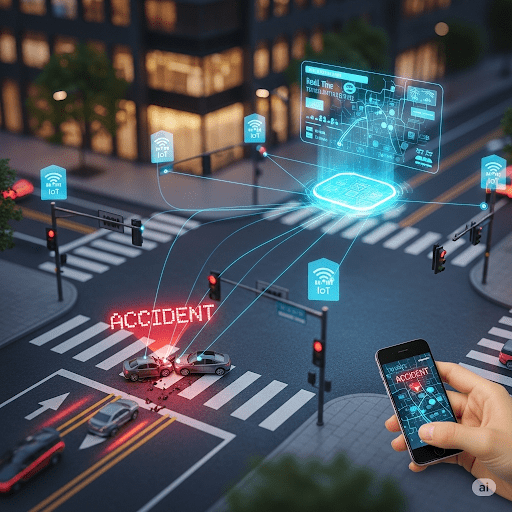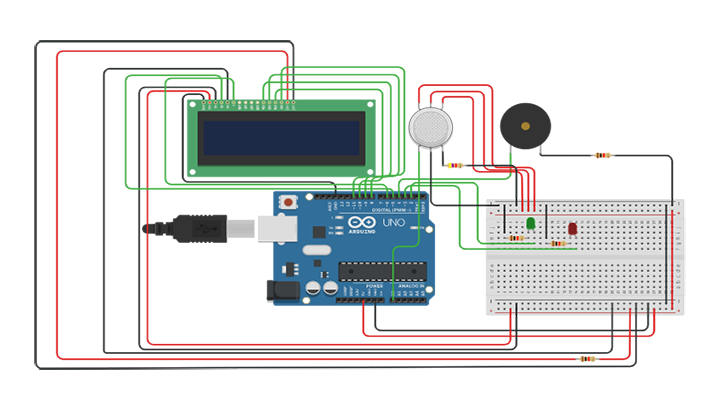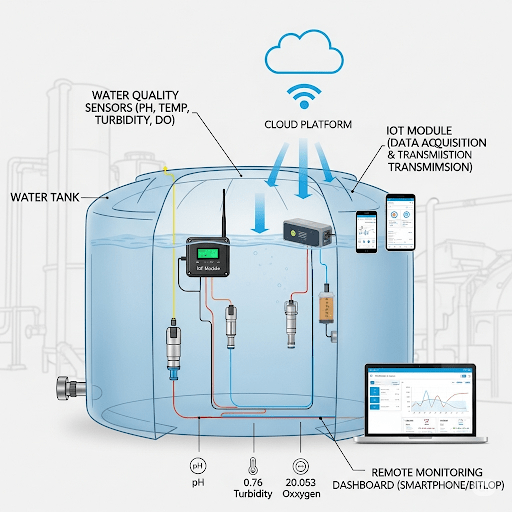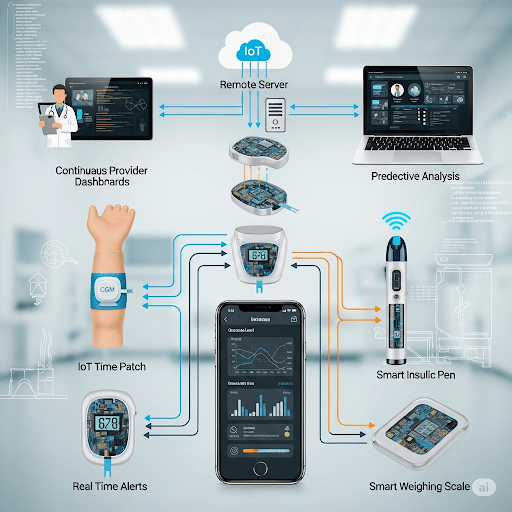Controlling Drunk Driving and Speeding Using RF and Alcohol Detection Sensor Technology
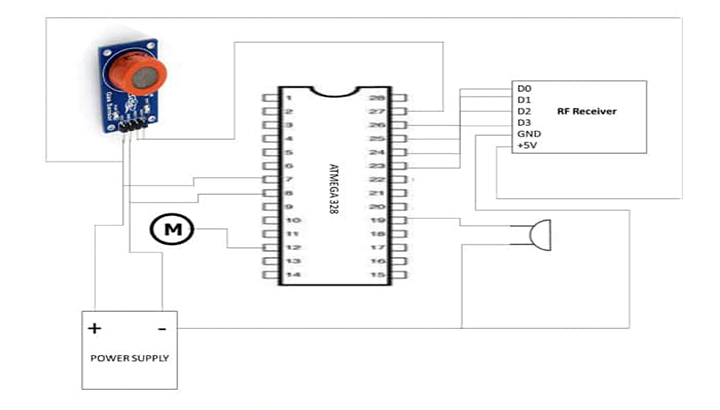
Components Required
1. MQ3 Alcohol Sensor: To determine the driver's blood alcohol content, the MQ3 sensor is employed. This gas sensor picks up on ethanol, which is the main ingredient in alcoholic drinks.
2. RF Module: The RF module wirelessly transmits data between the vehicle and the system's control center. Data can be sent and received at a distance of up to 100 meters with it.
3. Microcontroller: The general operation of the system is managed by the Atmega 328 microcontroller. It uses the information gathered by the MQ3 sensor and the RF module to process the data, regulate the speed of the car, and stop ignition as needed.
Working of the system
The RF module is used to first determine the vehicle's speed in order for the proposed system to function. After comparing this data with the posted speed limit, the system automatically adjusts the vehicle's speed to comply with the restriction if it detects that it is over it.
The MQ3 sensor detects the driver's blood alcohol concentration simultaneously. The device forbids ignition if the level is higher than the permitted limit, and the car cannot be started until the driver's blood alcohol content falls below the permitted limit.
If the driver's blood alcohol level is below the legal limit, the system allows ignition and the vehicle to start. To avoid accidents, the system will notify the driver and automatically adjust the speed if the driver's blood alcohol content is higher than the permitted limit while operating a vehicle.
Conclusion
The proposed system provides a dependable and effective method for reducing traffic accidents caused by speeding and drunk driving. The system uses advanced technology to properly monitor the vehicle's speed and the driver's blood alcohol percentage, and it automatically controls the speed to comply with the posted speed limit and prevent ignition if necessary. We hope that this system will be expanded to a larger area in the future because it has the potential to significantly improve road safety and save countless lives.
Related project idea for free
Smart car Parking System in Kigali - Rwanda
This dissertation examines an IoT-based smart car parking system used in Rwanda. Rwanda is a nation that has to be intelligent in a variety of areas, including agriculture, health, and transportation, particularly in terms of parking. People are affected by a variety of parking issues, including...
Read more>>Accident Detection Based On IoT
Road accidents frequently result in damage, injuries, or fatalities and happen unexpectedly and without warning. Through the elimination of the time lag between the accident's incidence and the initial medical emergency, this research aims to lower the fatality rates following an accident. A mach...
Read more>>IoT based toxic gas detection and level of landfill - Case study: NDUBA LANDFILL
As the world's population expands, so does the amount of waste. Most landfills release harmful pollutants into the air and into the homes of those who live nearby. Effective landfill management is necessary to protect both the environment and human health and wellbeing. The findings of the litera...
Read more>>IoT based remote monitoring of water quality in tanks - Case of WASAC
Water is regarded as a basic requirement for humans in their daily lives. It is required in a variety of settings, including the home, the workplace, the manufacturing sector, the hospital, and others. The quality of the water needs to be closely monitored on a regular basis and effectively if on...
Read more>>Design and implementation of an IoT-Based diabetes remote monitoring system
Real-time diabetes remote monitoring uses Internet of Things (IoT) technology to measure blood glucose levels, heart rate, blood pressure, and body temperature. Typically, a self-management system for diabetes is designed to detect the presence of particular molecules, particularly hyperglycemia,...
Read more>>
